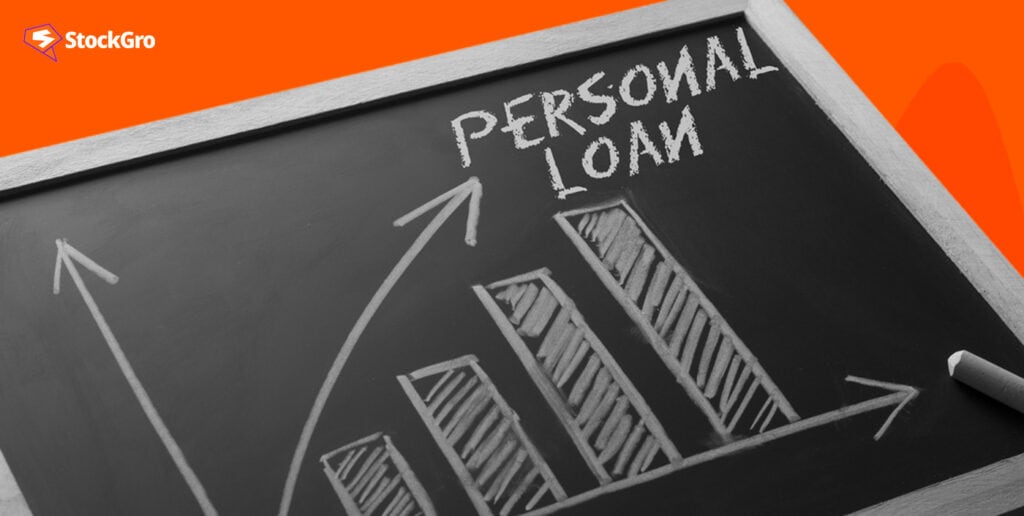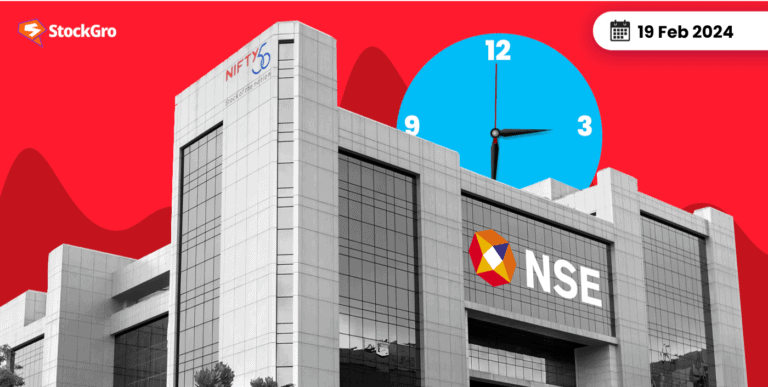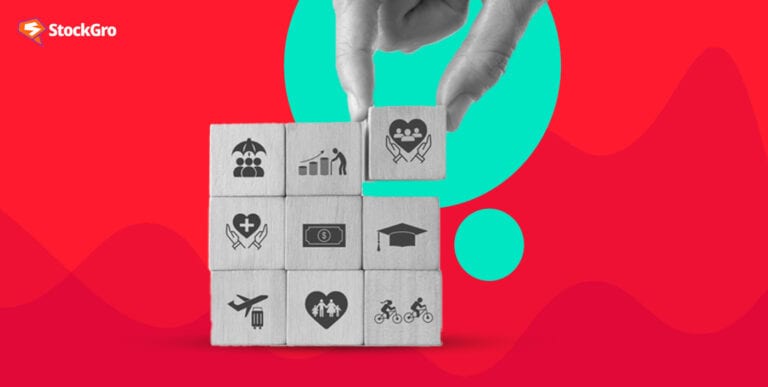
Popular financial instruments, personal loans offer easy access to money for a range of scheduled and urgent needs. A personal loan offers immediate cash through a 100% digital lending process, whether you need it for a medical emergency, international trip, study abroad, home improvement, or wedding preparations. But if your loan is approved, how does the payout procedure operate?
If you’re not aware of how the loan distribution process operates, it might be quite perplexing. So, let’s discuss the personal loan disbursement process in detail.
What is the personal loan disbursement process?
Loan disbursement, which also refers to loan disbursal, is when the lending institution transfers the amount sanctioned to your bank account after approving your loan application and you then accept the loan offer.
Before approval, loan providers verify your details, assess your eligibility for a personal loan, scan through your documents, analyze your credit history and ability to repay, etc. Hence, understanding the real disbursal process is important so as to avoid scenarios like loan rejection or loan sanctioned but not disbursed.
You may also like: Simplify your financial life with debt consolidation: A complete guide
What are the factors that affect the personal loan disbursement process?
After your loan gets approved, you might be eagerly waiting to receive the funds. However, several factors influence how long it takes for the money to reach your account. Let’s delve into these factors:
1. Documentation completeness: Ensure all required documents are complete and accurate. Any missing or incorrect information can delay the disbursement process.
2. Verification process: Lenders conduct thorough verification of your documents and information provided. This process can take time, especially if there are discrepancies or additional verification is needed.
3. Loan amount: The amount of your loan can impact disbursement time. Smaller loans might get processed faster compared to larger ones due to less risk assessment involved.
4. Lender’s procedures: Different lenders have varying procedures and timelines for disbursing funds. Some may have faster processes than others.
5. Payment mode: The method you choose for receiving funds can affect disbursement time. Direct deposit into your bank account is usually faster than receiving a check by mail.
6. Banking procedures: Once the lender approves the loan, banking procedures come into play. Transferring funds between different financial institutions may take additional time.
7. Weekdays vs. weekends: Disbursements often happen on weekdays when banks are operational. If your loan gets approved on a Friday, you might have to wait until the following Monday for funds to be transferred.
What are the steps involved in the personal loan disbursement Process?
Step 1: Application
First things first, you’ll need to fill out an application. Head over to the lender’s website, pick the loan plan that suits you best, and complete the online form. Don’t forget to use the Personal Loan EMI Calculator to figure out your preferred loan amount and tenure. Once you’ve done that, upload the necessary documents. If the lender needs more info, they’ll reach out to you.
Step 2: Approval
Once you’ve submitted all your documents, the lender will take some time to review them. They’ll look at things like your credit history, job stability, income, and ability to repay the loan. If everything checks out, they’ll send you an approval letter with all the details you need to know, like the loan amount, interest rate, repayment schedule, and any fees.
Step 3: Signing the agreement
Now it’s time to make things official. You’ll need to sign a loan agreement with the lender. This document outlines all the terms and conditions of the loan, including how much you’re borrowing, when you need to repay it, and any penalties for late payments. Take your time to read through it carefully before signing.
Step 4: Personal loan disbursement process flow
Once you’ve signed the agreement, it’s time to get your hands on the money. The lender might transfer the funds directly to your bank account or give you a cheque to deposit yourself. The time it takes for the money to reach you can vary, but some lenders, like Kotak Mahindra Bank, can disburse the loan on the same day as approval.
Step 5: Loan utilization
Now that you’ve got the money, it’s up to you how you use it. Personal loans are versatile – you can use the funds for just about anything, whether it’s medical expenses, home renovations, education, travel, or a wedding. Just make sure you’re using the money responsibly.
Step 6: Repayment
The repayment period kicks in right after you get the money. You’ll start making monthly payments based on the repayment schedule you agreed upon. It’s essential to stick to these payments to keep your credit history in good shape and avoid any financial stress. Before you apply for a loan, make sure you’ve crunched the numbers and chosen a repayment plan that works for you. And remember, paying on time is key!
Also Read: The hidden costs of freedom: Foreclosure charges on personal loans
What follows after disbursement of the personal loan?
- Loan confirmation
The lender will send you a confirmation letter as soon as the loan is disbursed. You might mail this or send it by email. A welcome kit usually arrives with the confirmation letter.
Your personal loan, EMI, amortization table, EMI payment options, due date, customer assistance, and more will all be covered in full in the welcome kit.
- Loan repayment
You can begin repaying the loan as per the terms of the agreement once you receive the funds. Postdated checks or the Electronic Clearing Service (ECS) can be used to pay EMIs.
If the bank from which you obtained the loan already has an account with you, you can also set up standing orders for automatic EMI deduction on a predetermined day each month. But ensure to pay monthly EMIs on time to prevent penalties.
Also Read: Unsecured loans: How does it impact the borrower?
The Bottom Line
Obtaining a personal loan doesn’t have to be a complicated process. By understanding the eligibility criteria, application process and disbursement methods, you can make an informed decision and choose the right personal loan for your needs. Just remember to do your research, gather all the necessary documents and maintain a good credit score for a smooth disbursement process.

